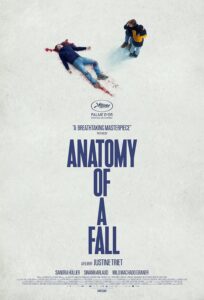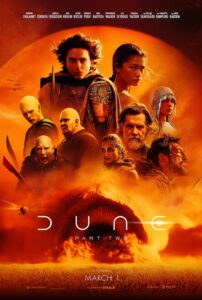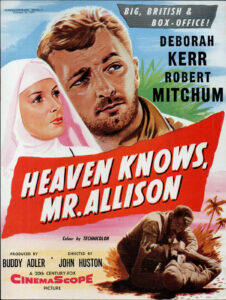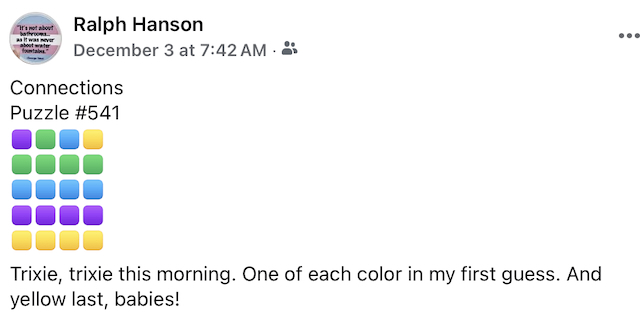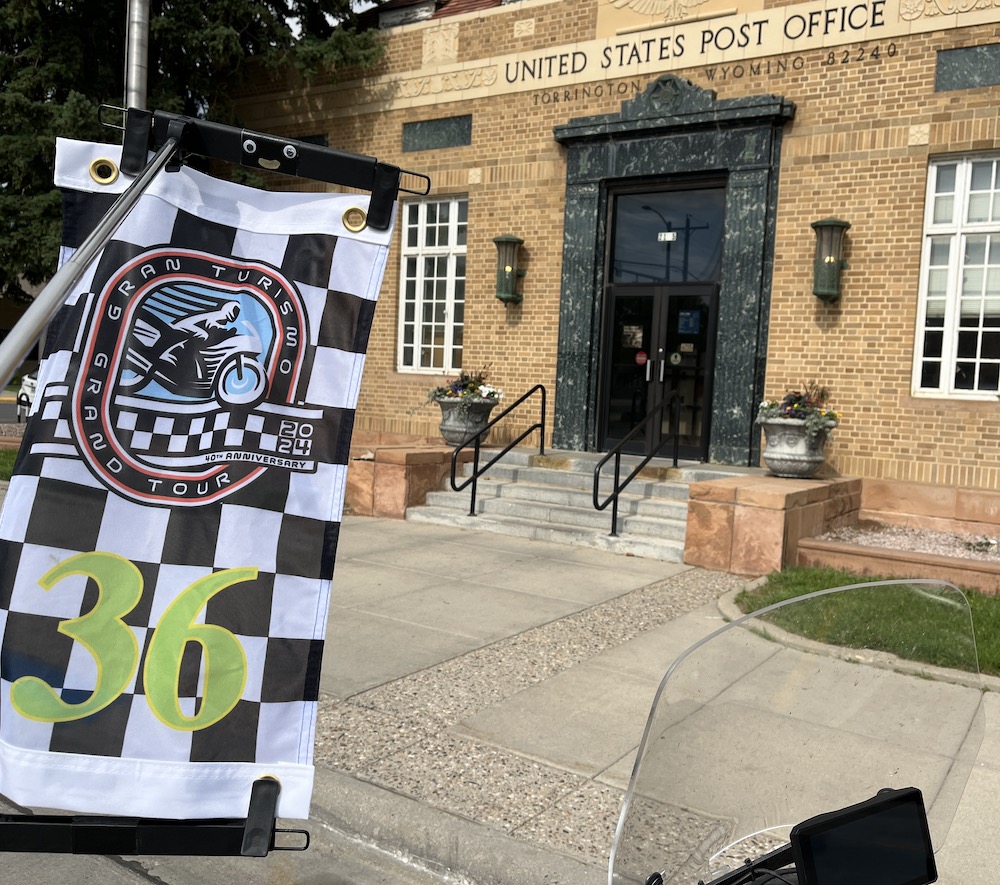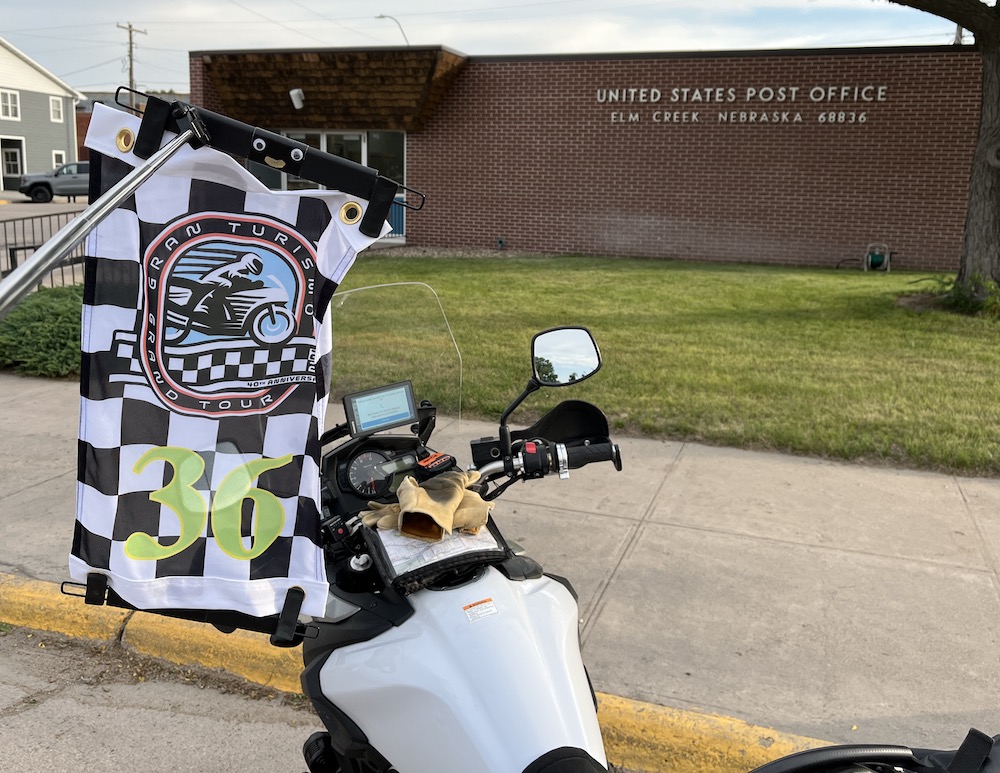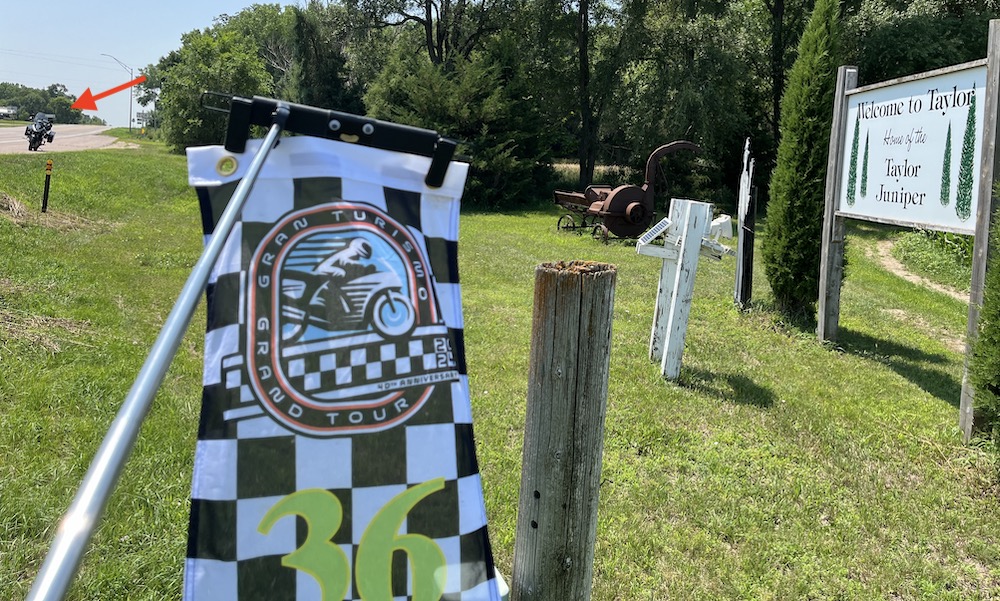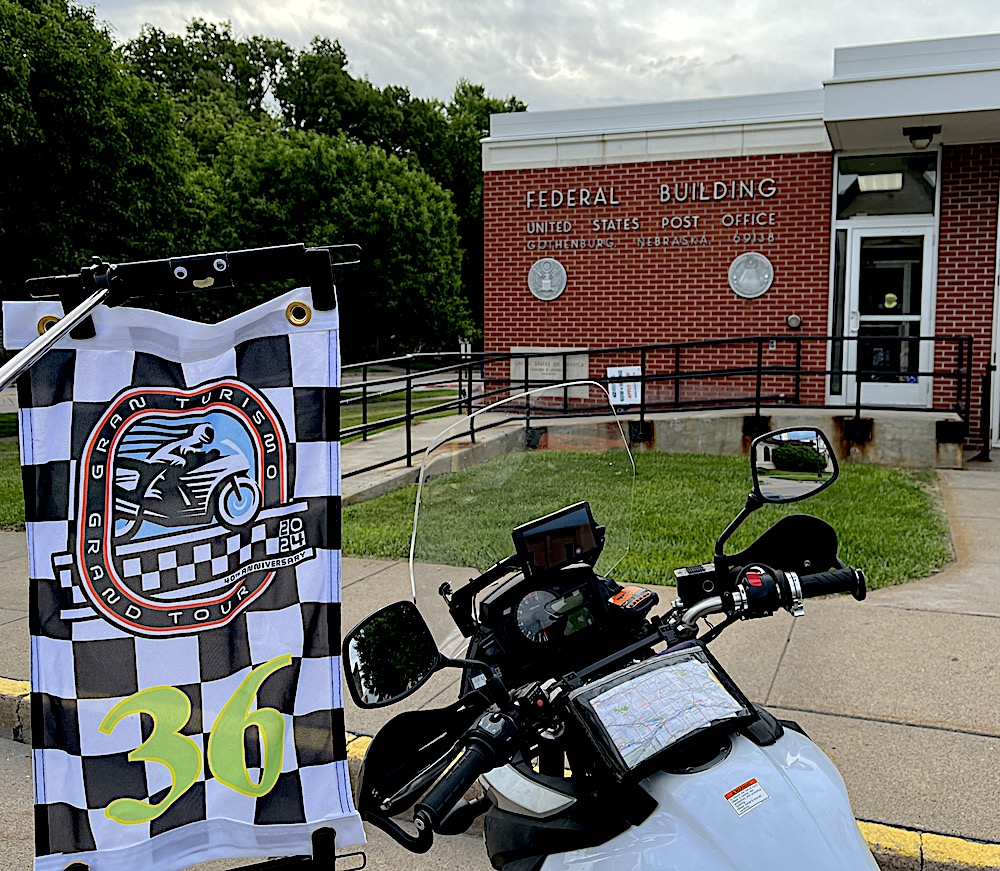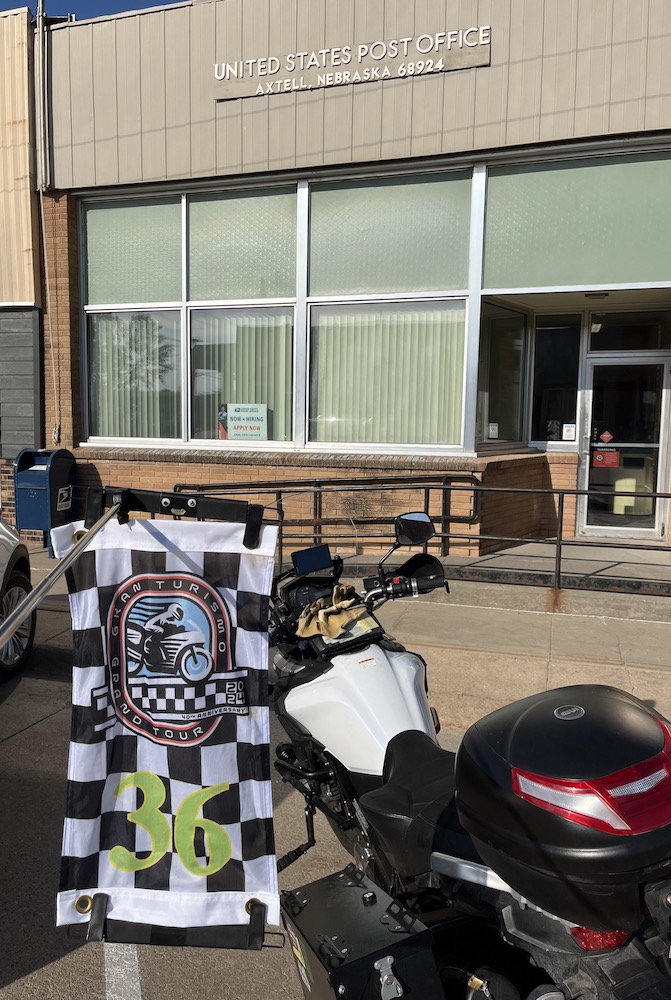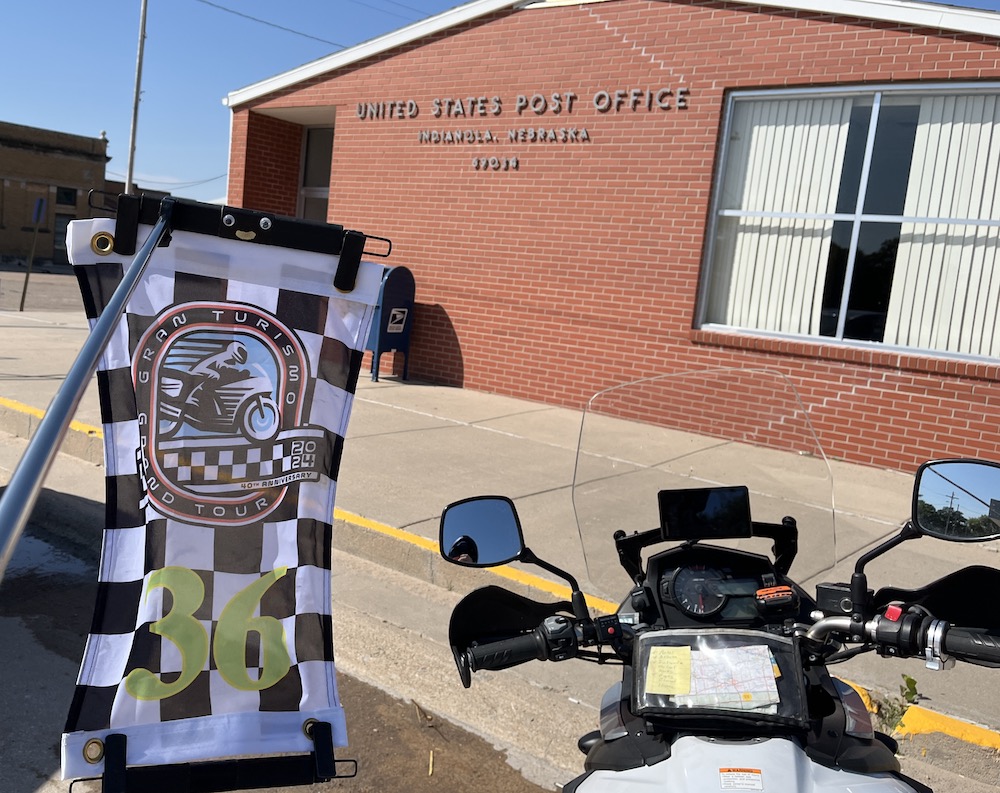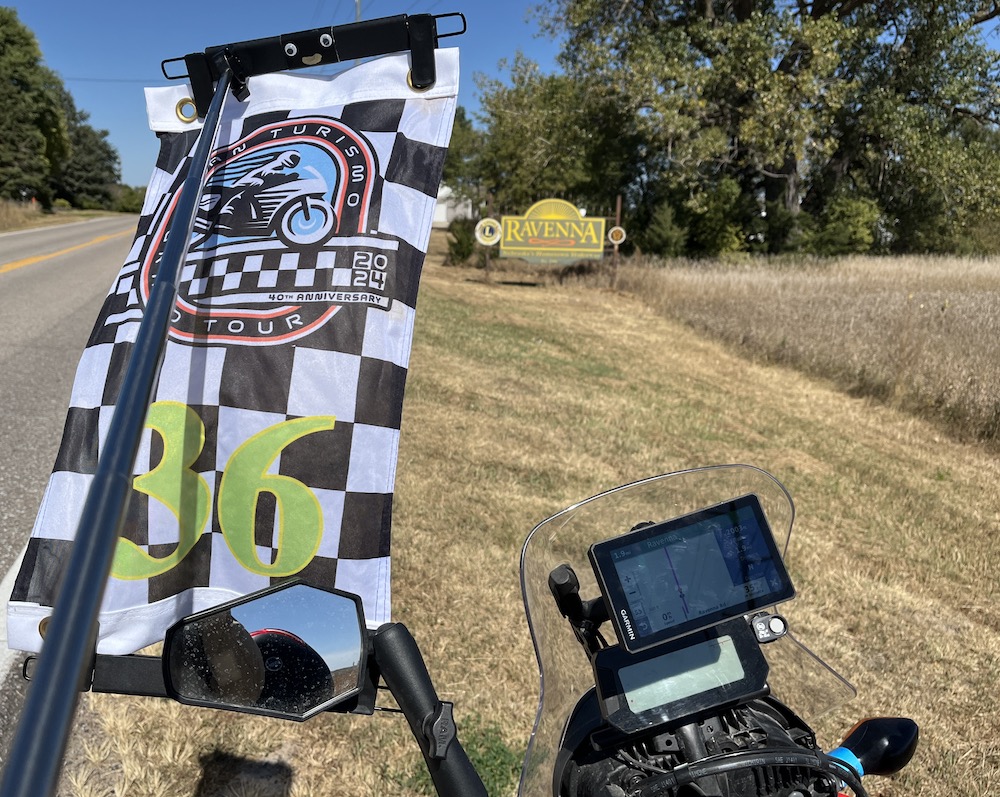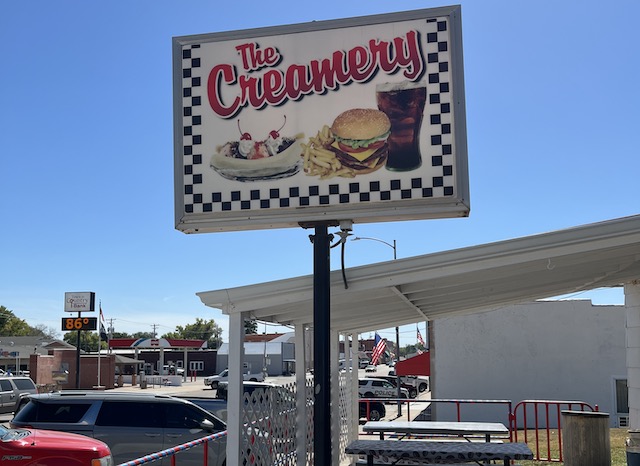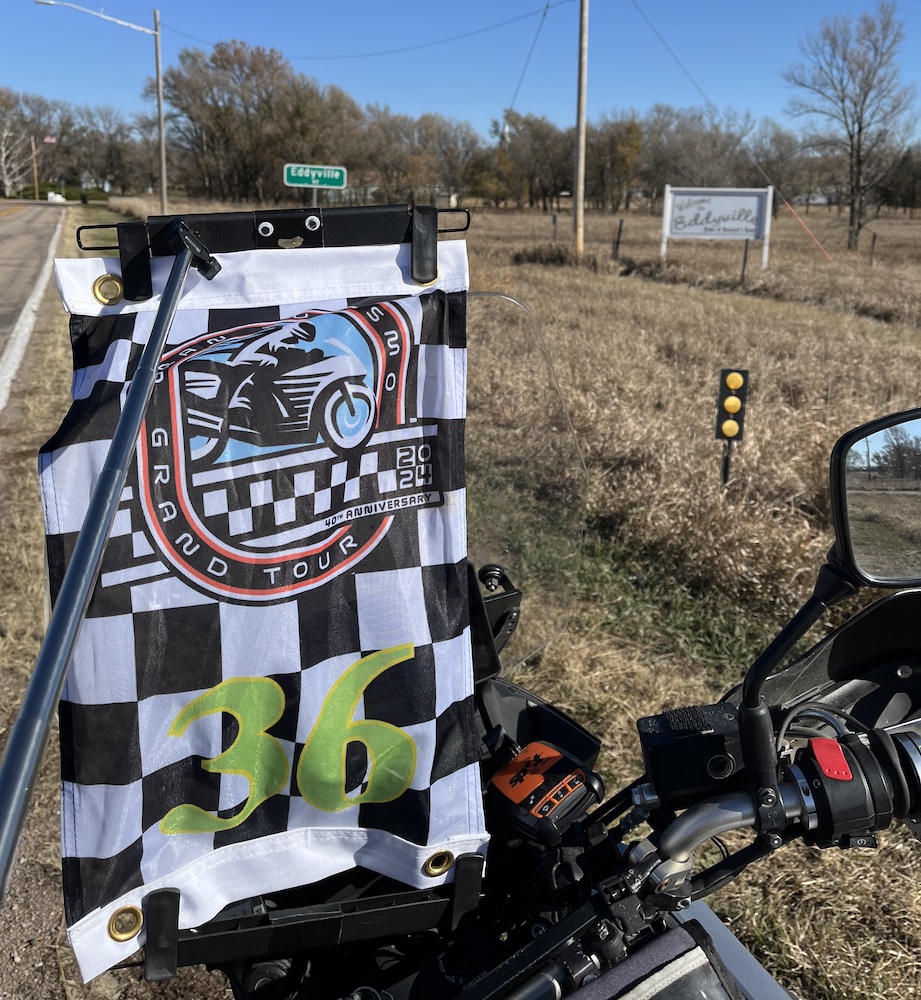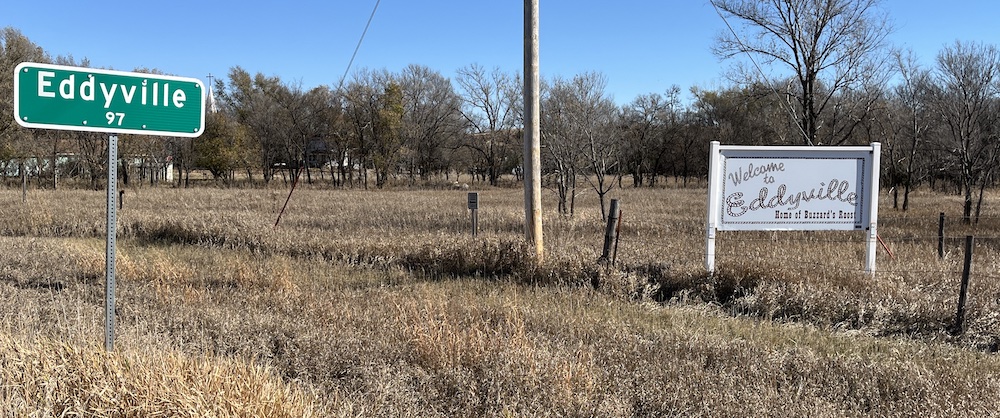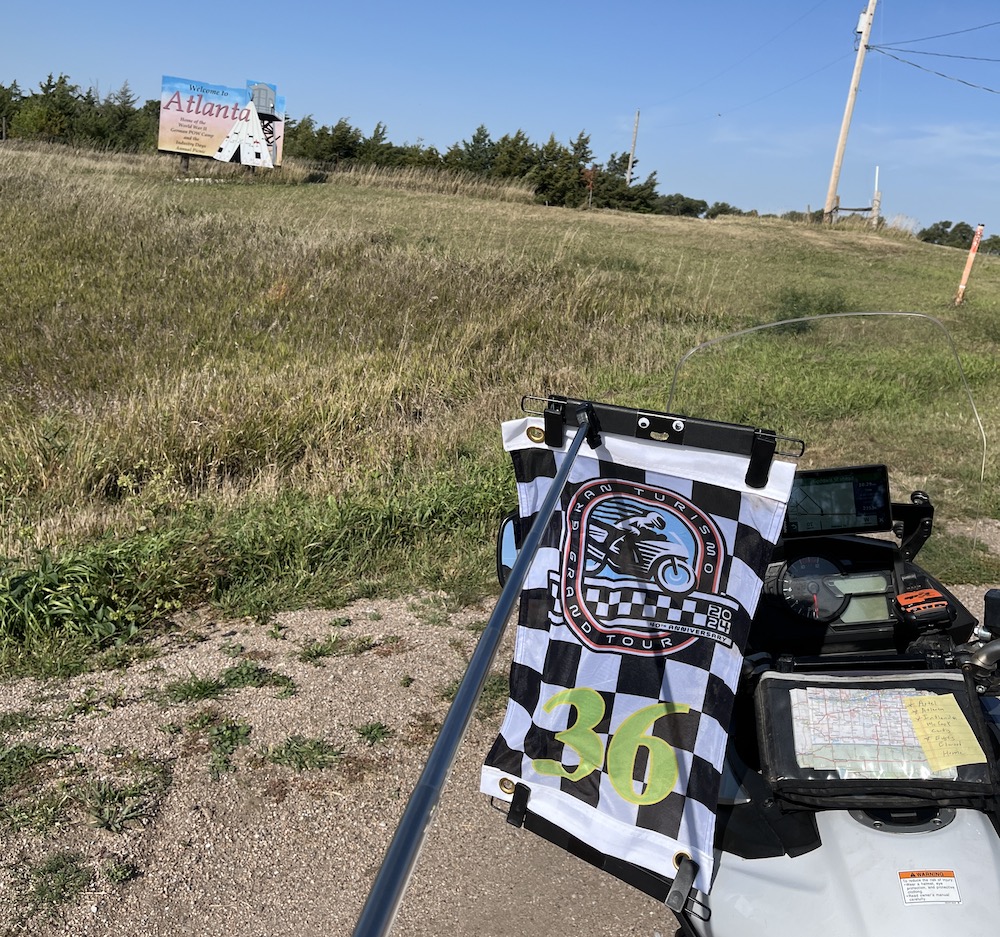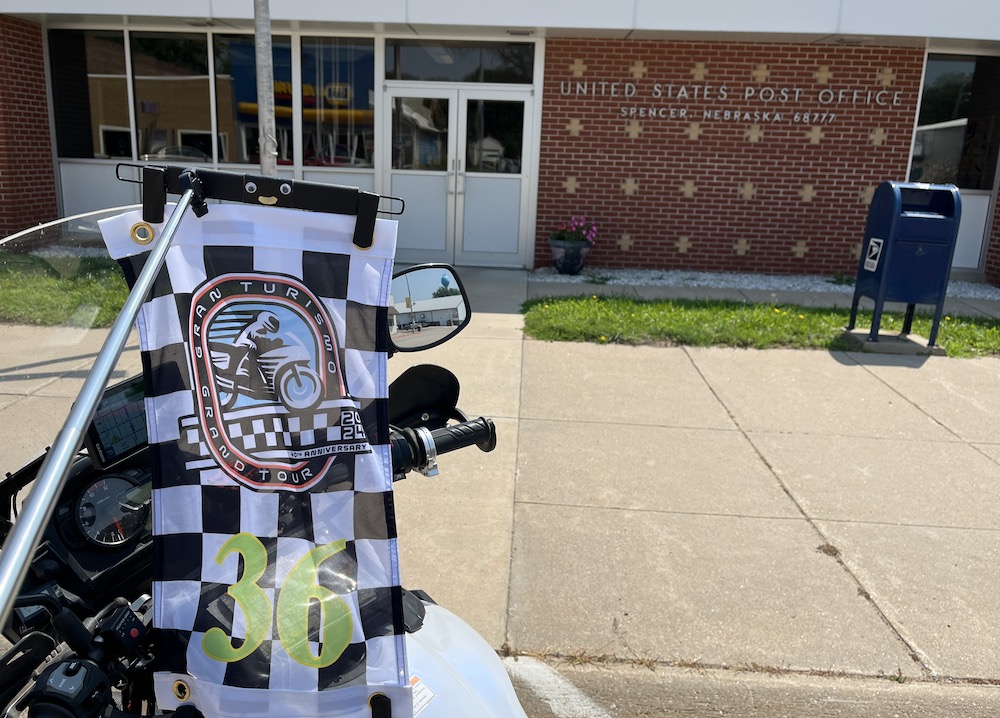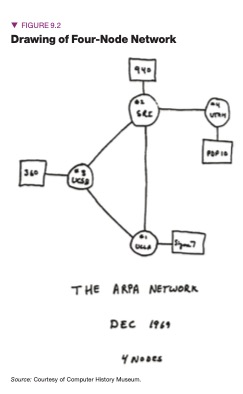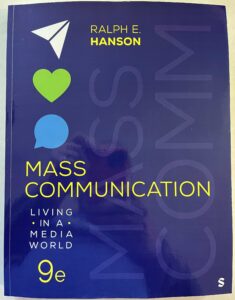 Just got my author’s copies of the ninth edition of my media literacy textbook Mass Communication: Living in a Media World. So excited to see these years of work in print! For those of you teaching with Mass Communication, it is available for review now and for adoption starting this summer.
Just got my author’s copies of the ninth edition of my media literacy textbook Mass Communication: Living in a Media World. So excited to see these years of work in print! For those of you teaching with Mass Communication, it is available for review now and for adoption starting this summer.
It’s amazing to think back on how different things were back in the spring and summer 2020 when I was finishing up the eighth edition. We were still in the midst of the global pandemic lockdown and all the lasting effects the lockdown had on the media industry. Sports teams stopped playing, movies and television shows stopped being produced, theaters were closed, music was being recorded at home or through complex online links, and everyone was just staying home to consume their media.
- Now, 4 years later, we are dealing with the aftermath of how the media industry and media consumers have emerged from that time.
Young, and not-so-young, folks are busy engaging with all things Taylor Swift. It seems impossible to listen to music, watch television, go on social media, watch football… without encountering the megastar. - The movie industry is trying to figure out how to bring people back into theaters in great enough numbers to keep cinemas open. Coming in on top of all the holdups from the pandemic and people getting used to viewing at home, movies (and television) are dealing with the aftermath of lengthy writers’ and actors’ strikes over the last year.
- American culture is also dealing with a lot of new or revived fears about the media. There have been unprecedented efforts to ban books about race and sexuality from libraries and public schools, and parents are worrying about how social media are affecting teens, especially young women.
- There are intense concerns as to whether the local news industry can survive the steep decline in community newspapers.
And yet, through all of this there are new voices being heard through streaming services and other long-tail media. Independent bookstores are finding fresh relevance as people turn to people, rather than algorithms, for advice on what to read, and millions of people are discovering the joy of the minimally produced NPR Tiny Desk concerts on YouTube.
The COVID-19 pandemic may not be over, but both the media industry and media consumers are trying to find their way to a new normal, and that’s what this ninth edition of Mass Communication: Living in a Media World explores.
Thank you to all the wonderful editors, artists, and freelancers at Sage for helping bring this new edition to fruition. It’s been a long, but satisfying, trip.

